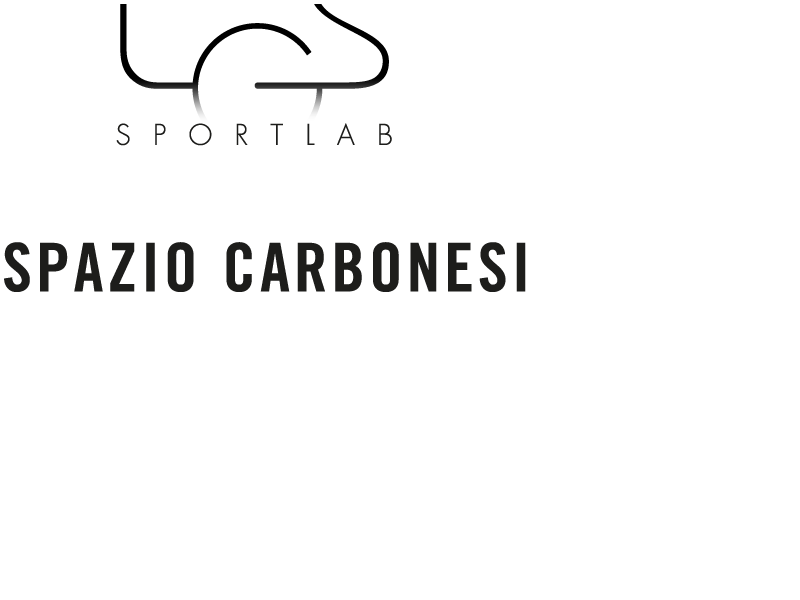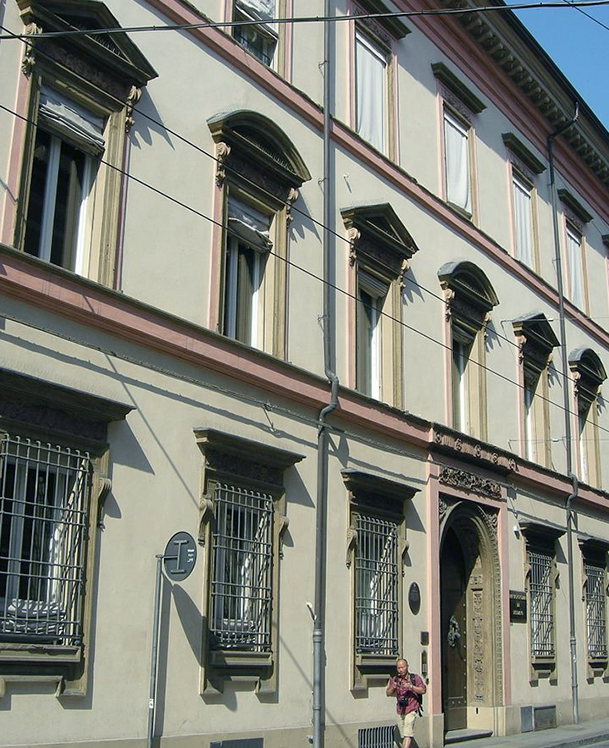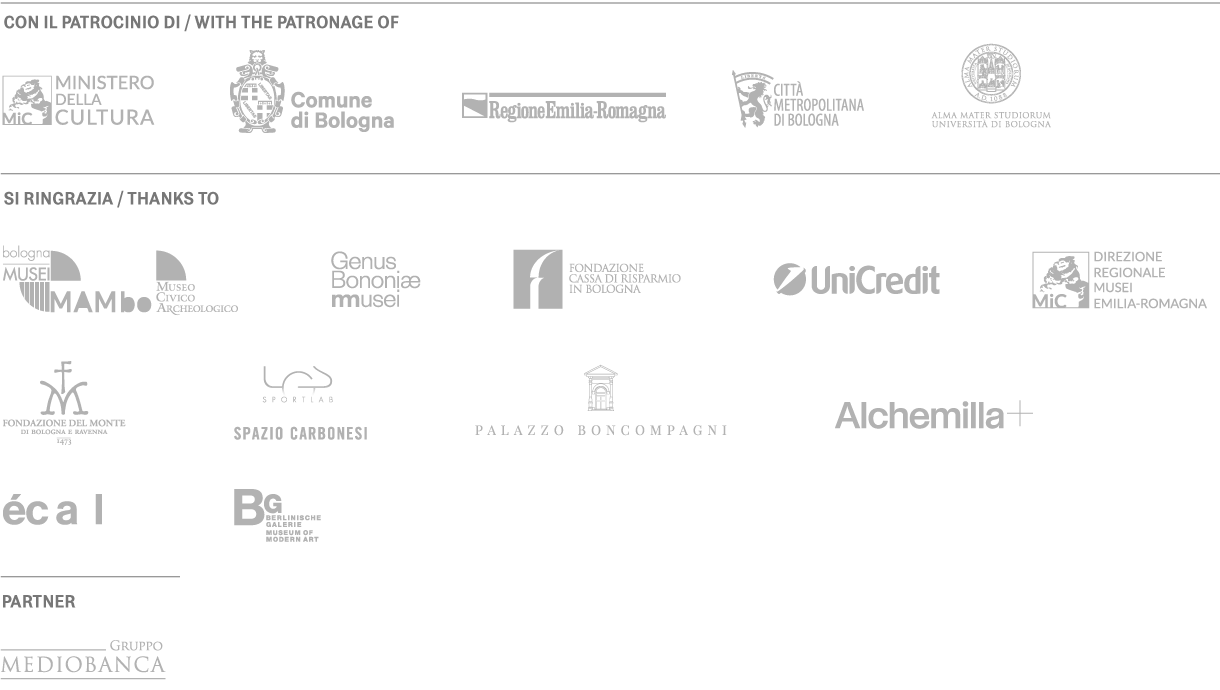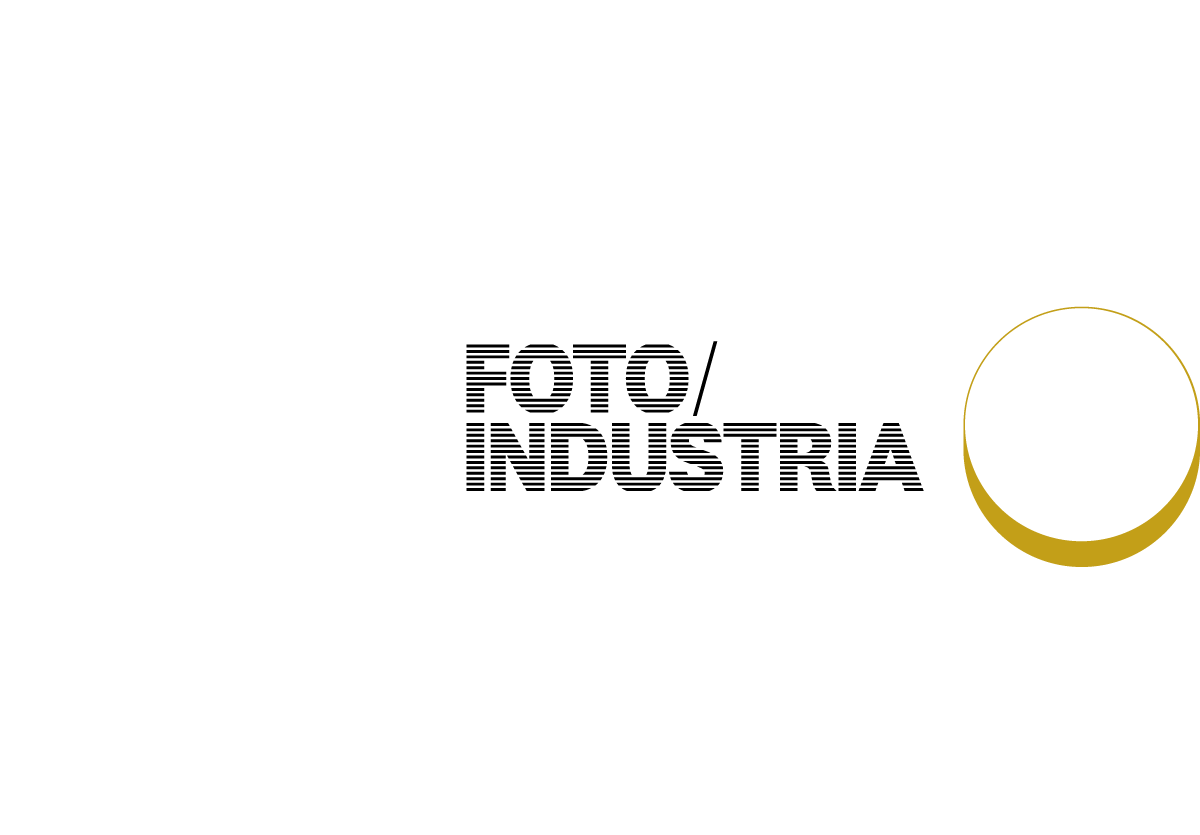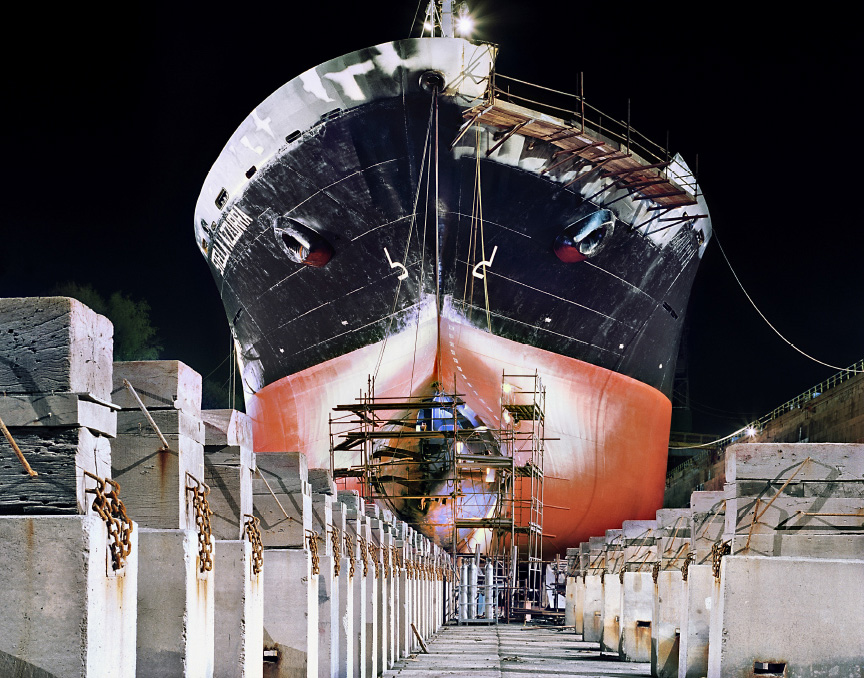
LUCA CAMPIGOTTO
THE POETRY OF THE GIANTS
Details are enormous in the photographs of Luca Campigotto.
The bow of a boat occupies two thirds of the image, a crane boom cuts a photo into several segments, a heap of cables suggests the vastness of a ship, and the reflections of ocean liners awaiting passengers or the glimmer of an industrial building window give hints of unseen activity.
Far in the distance, away from these imposing elements in the foreground, the horizon completes the information on the scene in the photo.
This binary scale is the first trademark of the industrial photos selected here, most of which were chosen from projects in the Port of Genoa or dock warehouses in New York.
The other strong characteristics of Campigotto’s work are his night shots. Lit exclusively by the artificial lighting present on site, photos of such realistic subjects become more suggestive than real. That is the paradoxical success of such high-precision photo editing: it appeals to our senses more strongly than the hyper-realistic source from which it originates.
François Hébel
Location
Spazio Carbonesi
Via de’ Carbonesi, 11 – Bologna
Luca Campigotto’s photos distance themselves from some given time to evoke a concept of industrial activity, in this case mainly connected with transport, the communication channel essential to global production, showing the scale of what the flow of merchandise and human migration has become today.
No doubt imposing when they were built to cater to the shipping trade of the past, today, old New York dock warehouses provide an intimate and poetic contrast to the world of containers that has dispossessed these buildings of their reason for existence.
Beginning with a single detail, Luca Campigotto manages to transmit a host of emotions and information through his powerful and original large-format photos.
François Hébel
Location
Spazio Carbonesi
Via de’ Carbonesi, 11 – Bologna
This space is located inside Palazzo Zambeccari, a three-story building with a Neoclassical terracotta facade that was built in 1775 by the architect Carlo Bianconi. The piano nobile or main floor has maintained its Baroque frescoes, including an Olympus by Giuseppe Rolli and Giacomo Alboresi. Spazio Carbonesi is a space for meeting and sharing ideas made available to cultural organizations, an ideal setting for experimentation, exploration, and innovation that is used for arts-based initiatives, courses, or lectures.
